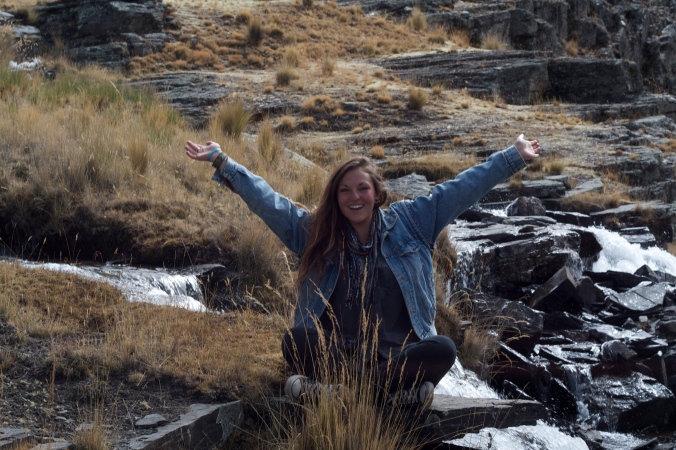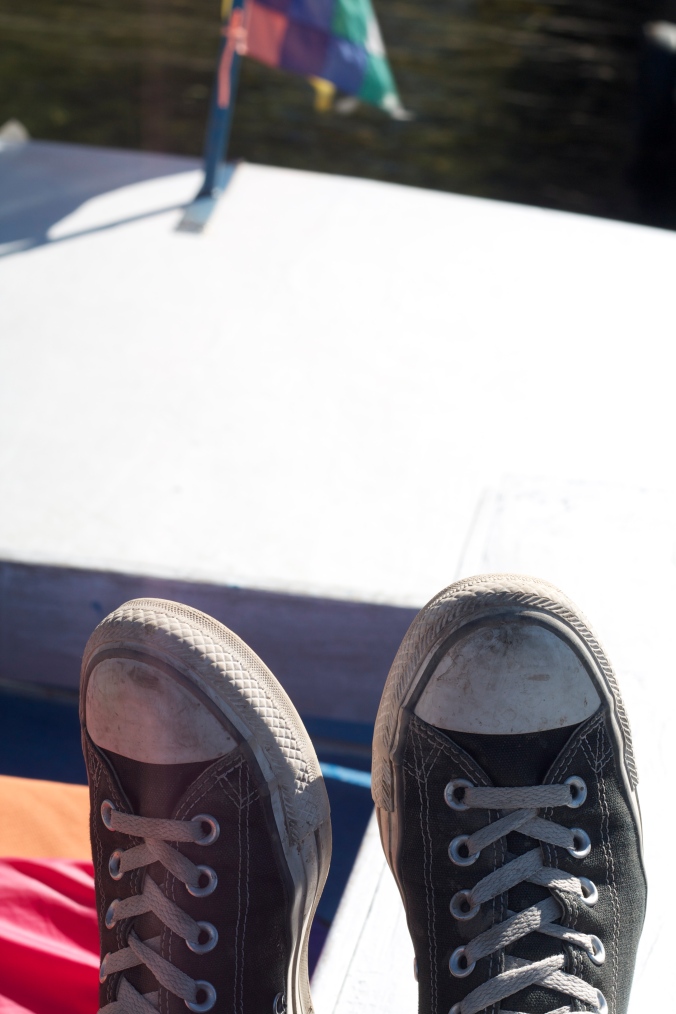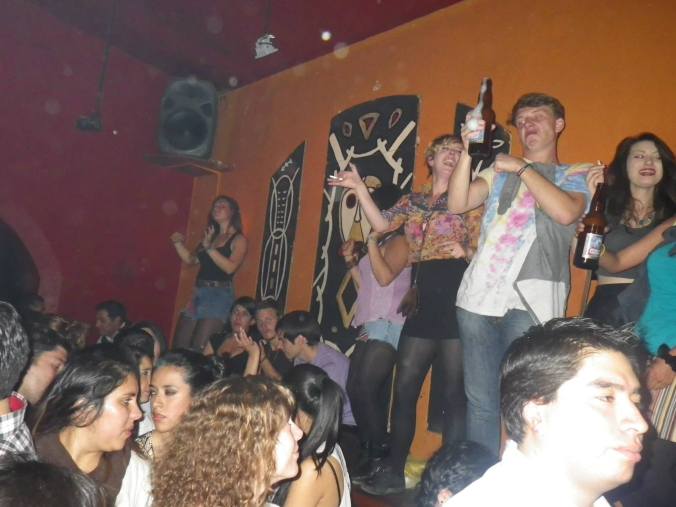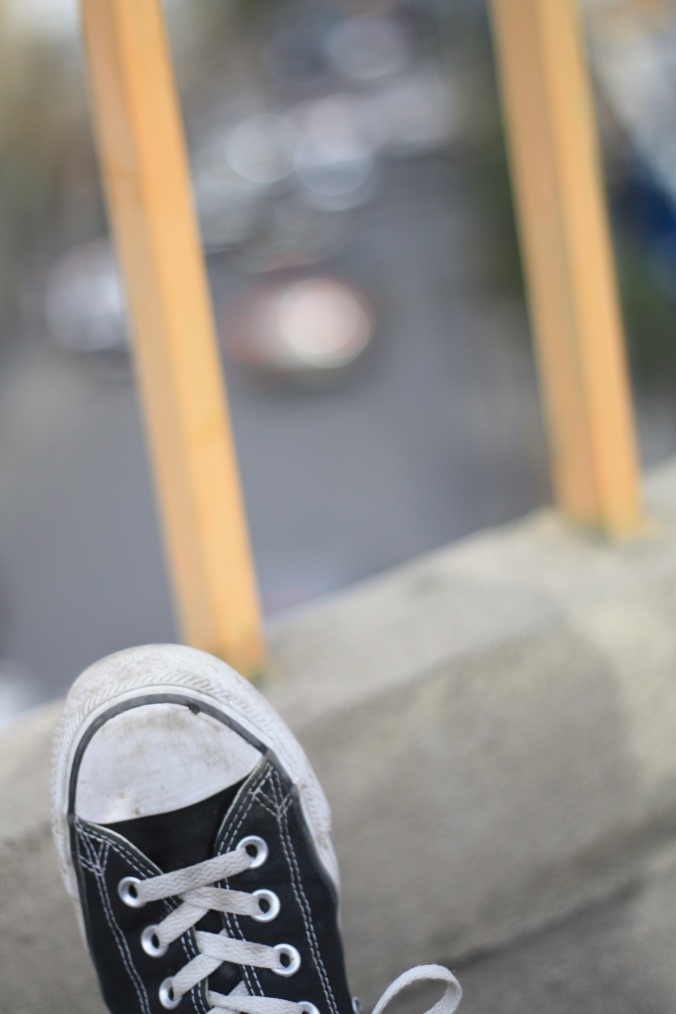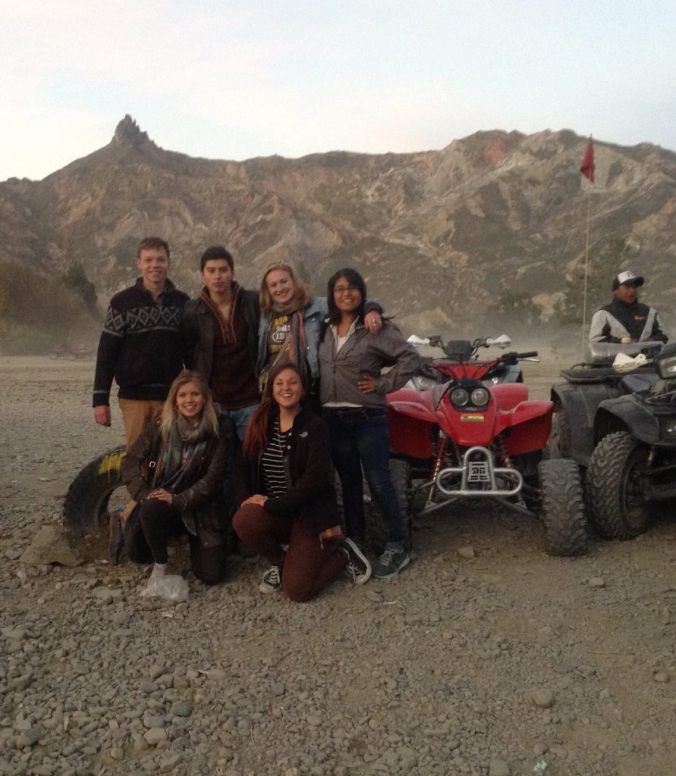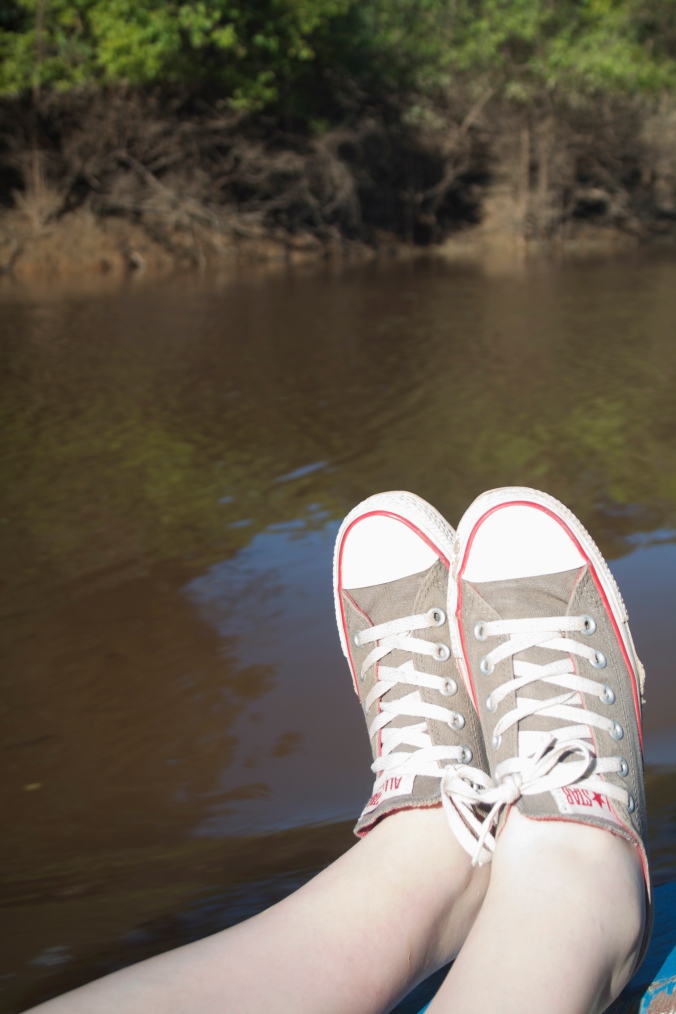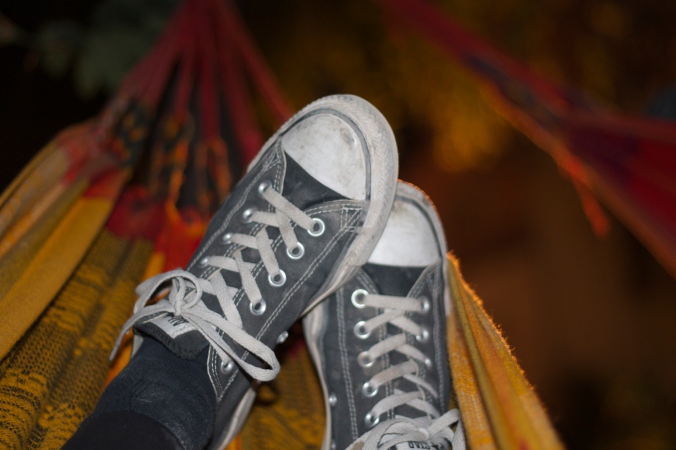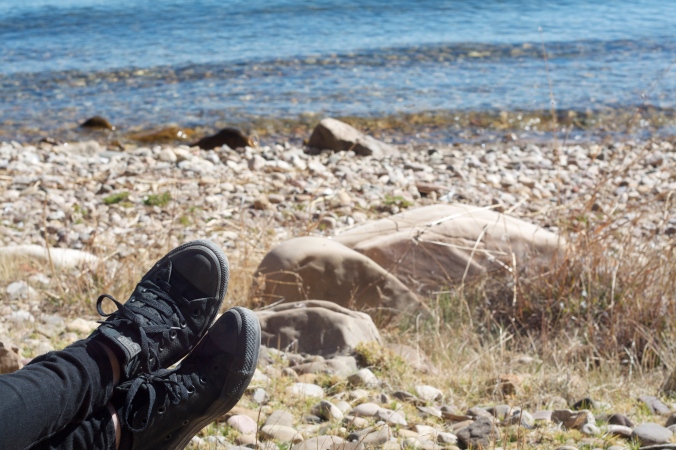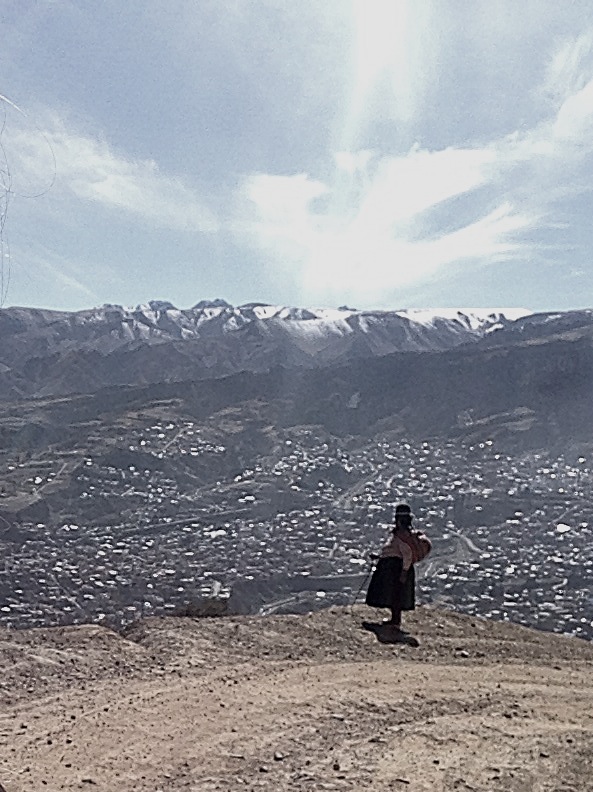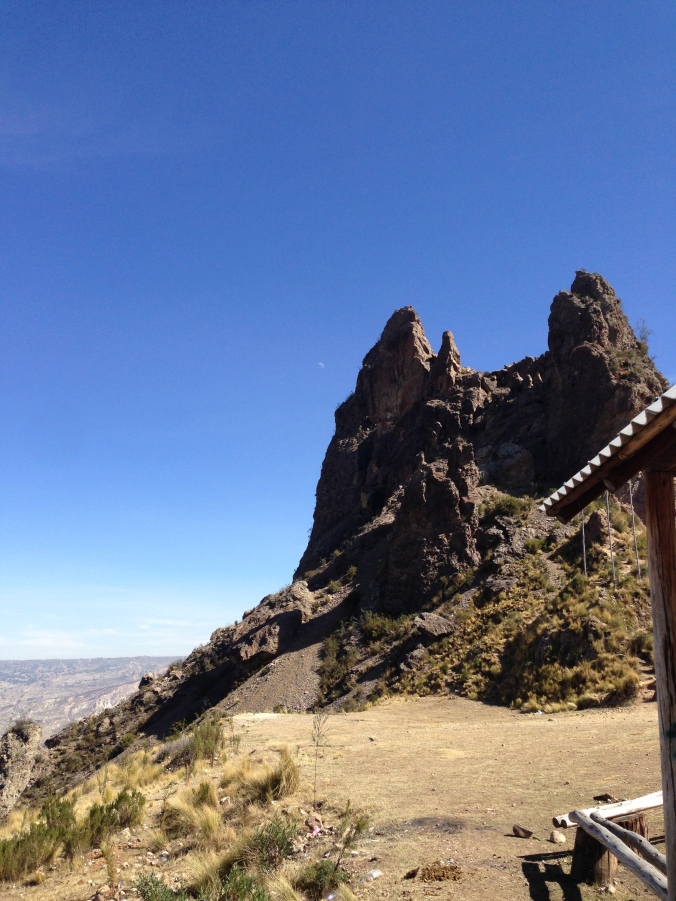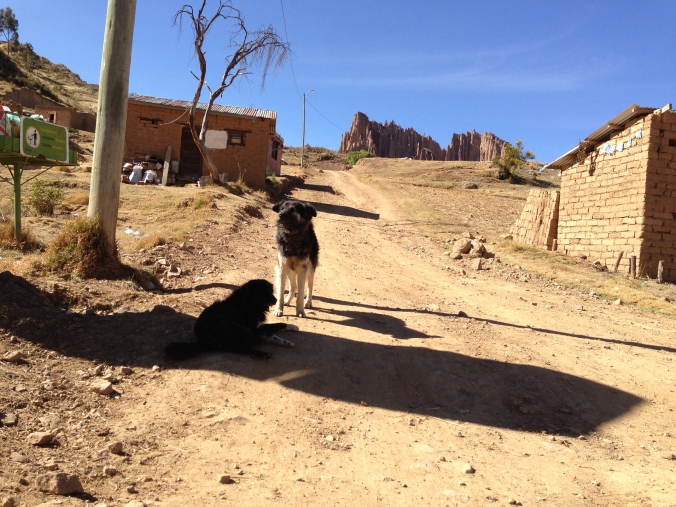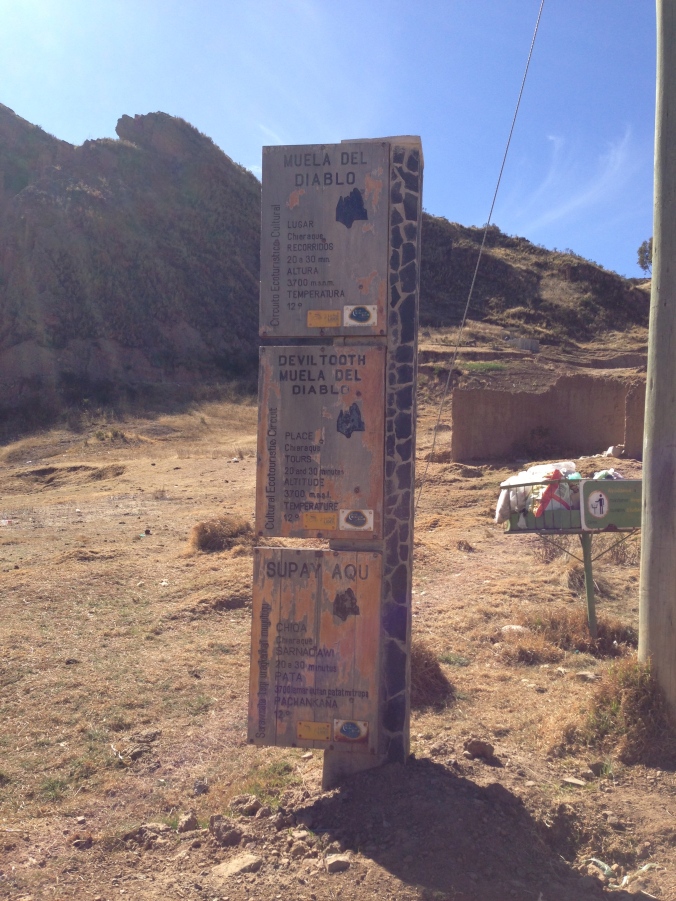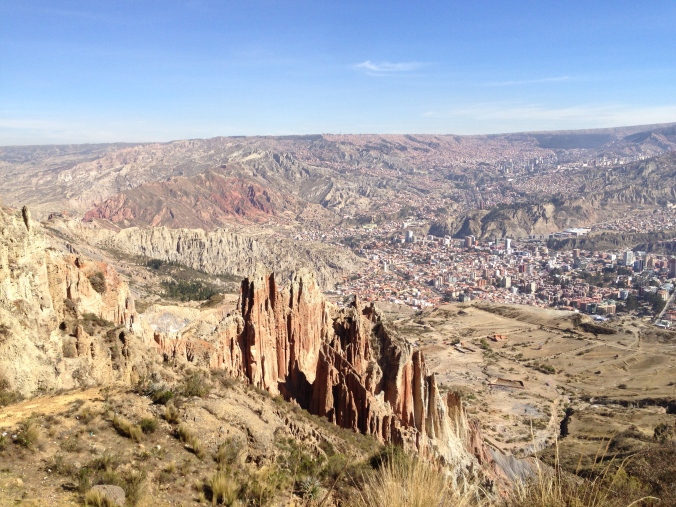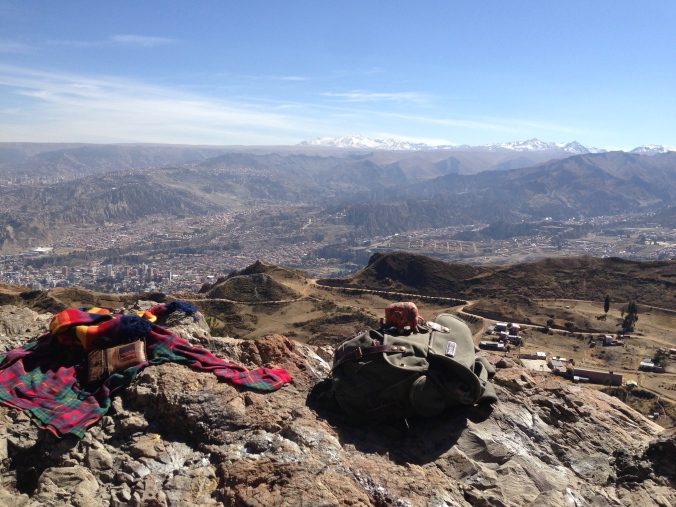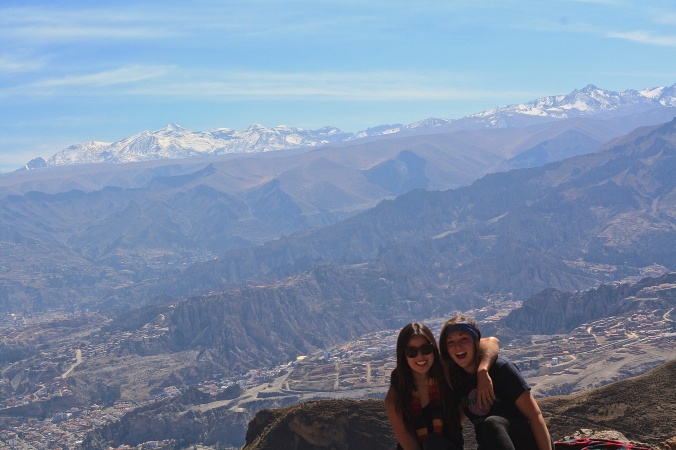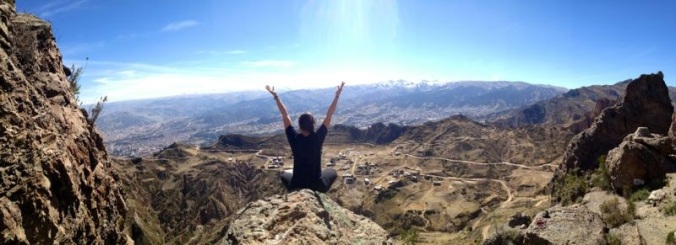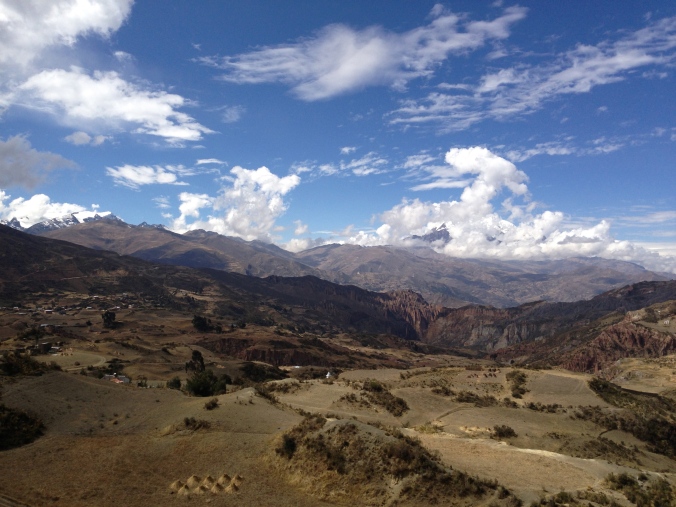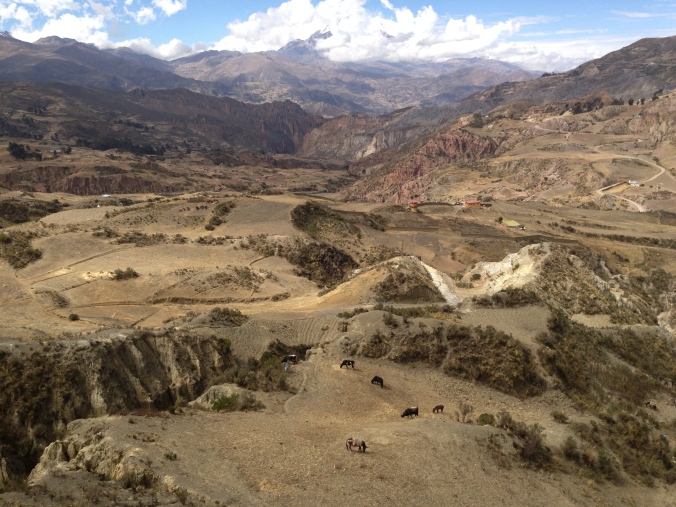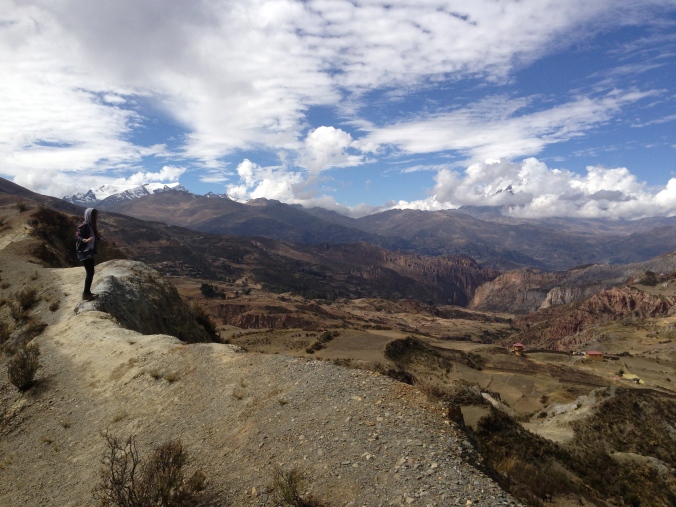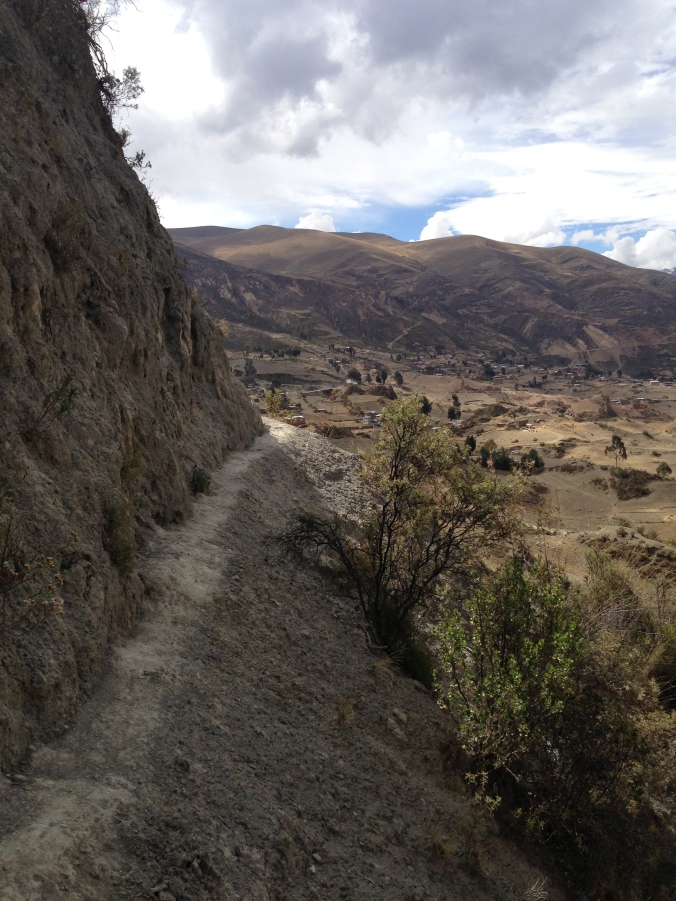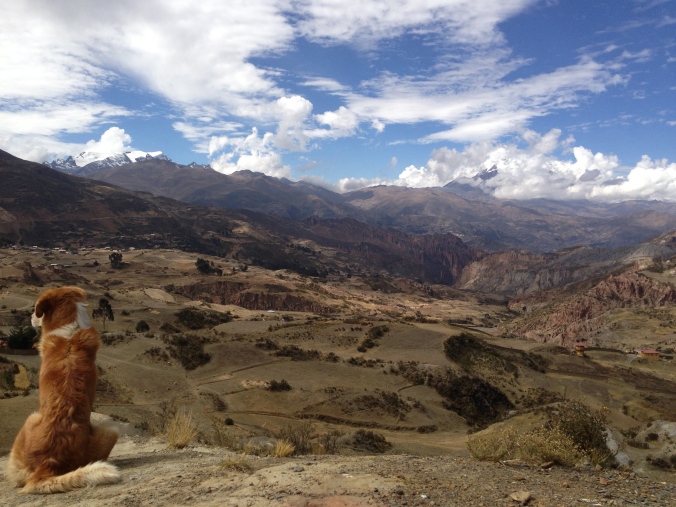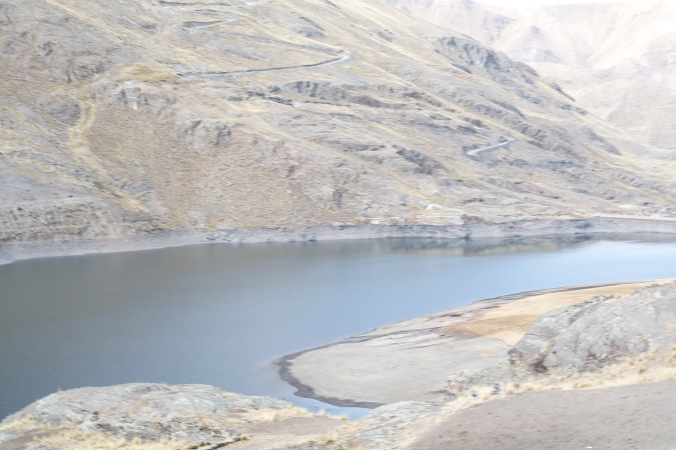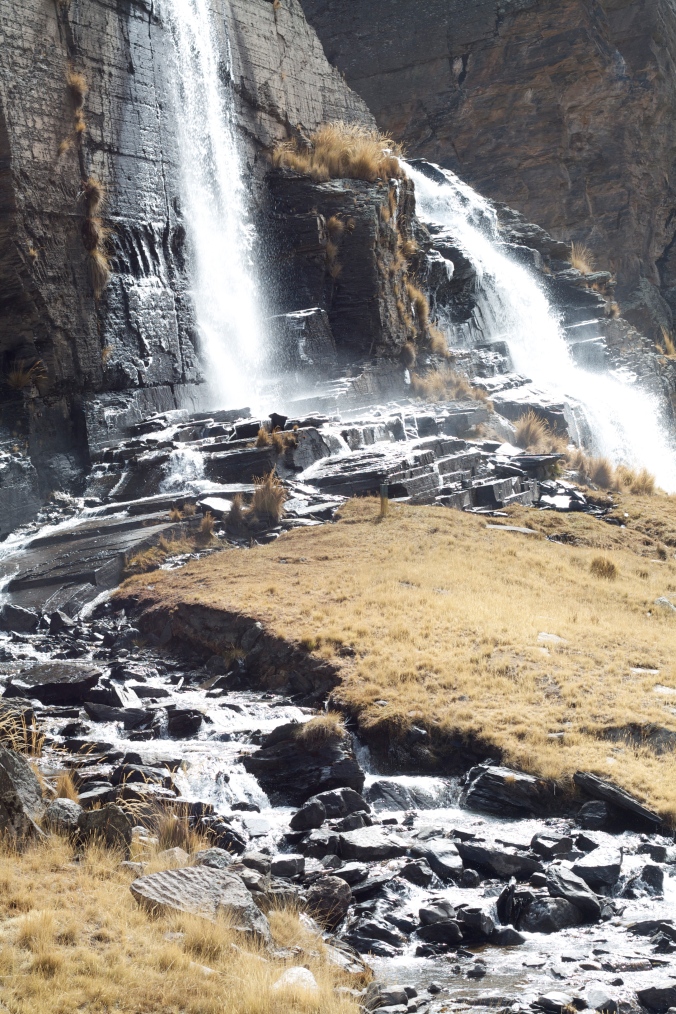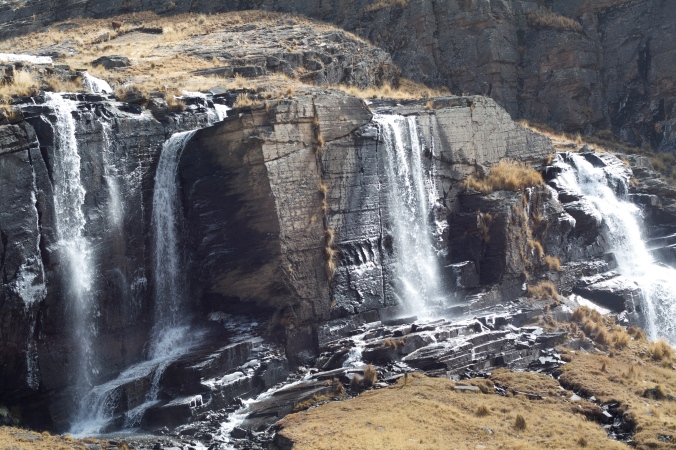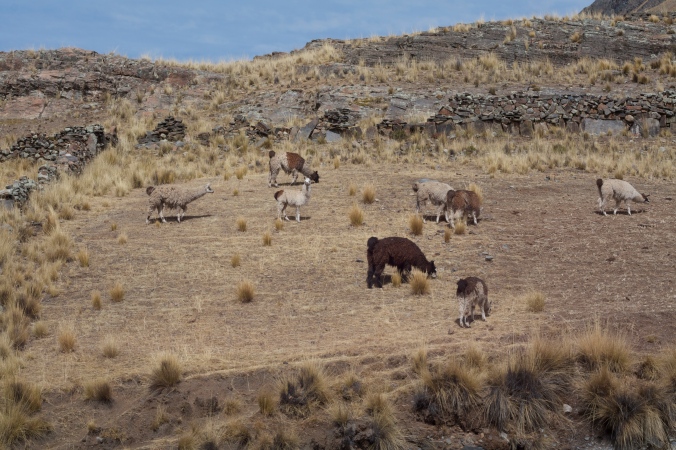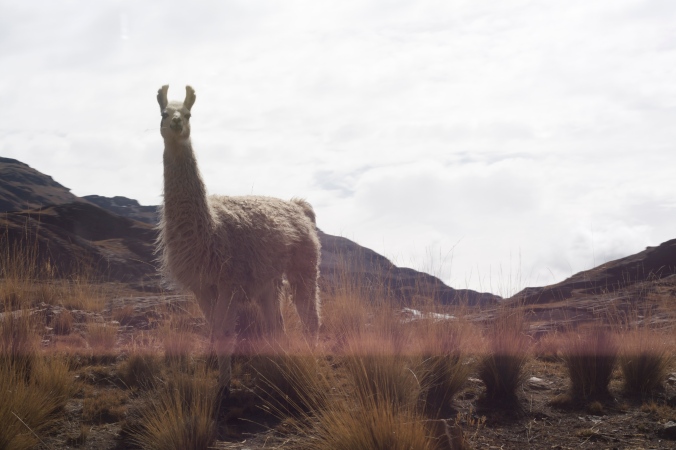When you think of time as it pulses along a section of life’s a timeline, second by second, from beginning to end, it seems eternal, yet at the same time, it passes in the blink of an eye. How large are events on this timeline that for us is all we know? I left for Bolivia on June 15th, and on August 15th I returned, and it felt as if the world stood still while I aged and was enlightened by my two months.
Leaving the house in the taxi very similar to the first one I rode in South America, the one in which I sat as we descended down into La Paz, I saw the same dark street spilled upon by the dull street lights, the same graffiti, the same piles of rubble and potholes. But this time it was a street I knew well, one that I walked countless times, potholes that I knew to look out for, a familiar road that gave me relief when I stumbled back onto it during the wee hours of the morning, the final stretch before falling into my heavily-blanketed bed of which i grew fond.
This time I knew what was inside the house alight through the many windows, and I know who turned on that light, to whom that silhouette in the window belongs; I have grown fond of those friends who are now sleeping in beds identical to mine. I held to keys to unlock the gate that my new friends are now standing in front of, waving goodbye and reaching out to me dramatically as I press my hand against the cold window, my warm breath fogging the cold glass. Only an hour before this moment I had my last hugs with beautiful people with whom I intersected by fate, chance that we both took this opportunity at the same time and with the same intentions. That was the last kiss with a guy that charmed me a little too late, a bittersweet goodbye to passion that happened in the right place at the wrong time. I will try and try but possibly never see these beautiful people again, and such is life-the arrival and departure, the falling in love and forgetting. All in the blink of an eye.
I saw the same views on the way in as I did headed out, but this time in reverse- the sky was dark, but the sun was on the opposite side of the planet. It was still cold, but we were on either side of the winter solstice. My eyes saw the same sights but I now knew what it felt like to be a part of the once-obscure clutter in the basin below. Now the Cholita digging in the trash made sense, the robust dogs running in packs along the autopista were no longer a strange sight.
I converse with the taxi driver with ease, his lousily enunciated words make sense to me and I ask him questions to fill the space that would otherwise be filled by a language barrier. He asks me how I’ve liked Bolivia.
At that moment all I wanted to do was get home. I was tired of the cold, the underdeveloped tourism industry and the resulting attitudes towards well-intending people such as myself. I was looking forward to returning to sunny Southern California where all of my belongings besides my three overpacked suitcases were waiting for me in the house that my father built, where mom will be waiting for me with open arms, telling me that the fridge is full with all of my favorites. I had missed the fact that the californian culinary respected my picky eating habits and I am royalty in my society, a youthful middle-class college student with nothing to lose and so much to gain.
On the plane above Los Angeles, I was marveling at the geography of the city. There were miles of neighborhoods crammed together, stitched by threads of roads in an unchanging gridded design, everything accessible as long as you have a car to pass over the never-ending residential stew. In the center of it all is a distinct growth- a smoggy metropolis of tall buildings with a foggy crown of pollution.
Planes take the place that birds had in La Paz, and everything is flat. Rather than my eyes reaching to until obscured by the view of snowy peaks of the Cordillera, the sun shining through the haze of pollution prevents me from seeing beyond Los Angeles.
“Travel is fatal to prejudice, bigotry, and narrow-mindedness, and many of our people need it sorely on these accounts. Broad, wholesome, charitable views of men and things cannot be acquired by vegetating in one little corner of the earth all one’s lifetime.” -Mark Twain
When being herded to the immigrations line, I had trouble speaking in english to the security guard, who gave me a strange look when I greeted him in spanish. Everyone was wearing expensive, fashionable clothing and children were screaming and tugging on their parents in the long line. People were scowling and complaining; these are people that say “I’m proud to be an American” without realizing that the United States makes up less than a third of the Americas.
I got off the plane and realized that I still had two outrageously heavy suitcases besides my rucksack; I couldn’t make a quick escape to my awaiting family. We ate a pasta dinner for 10 bucks- 75Bs that I would never have spent in La Paz- with fantastic customer service from a waitress hoping for a fat tip. We drove for two hours on a clean highway that had wiped out tons of homes and nature years before. When I arrive home, I would pile all of my clothing onto my other heaps of clothing, probably get on my computer next to my brother while sitting in front of the TV in a house that we could never pack on our backs if we wanted to head to the next place.
“Through travel I first became aware of the outside world; it was through travel that I found my own introspective way into becoming a part of it.” – Eudora Welty
I think I’ll be going back.
